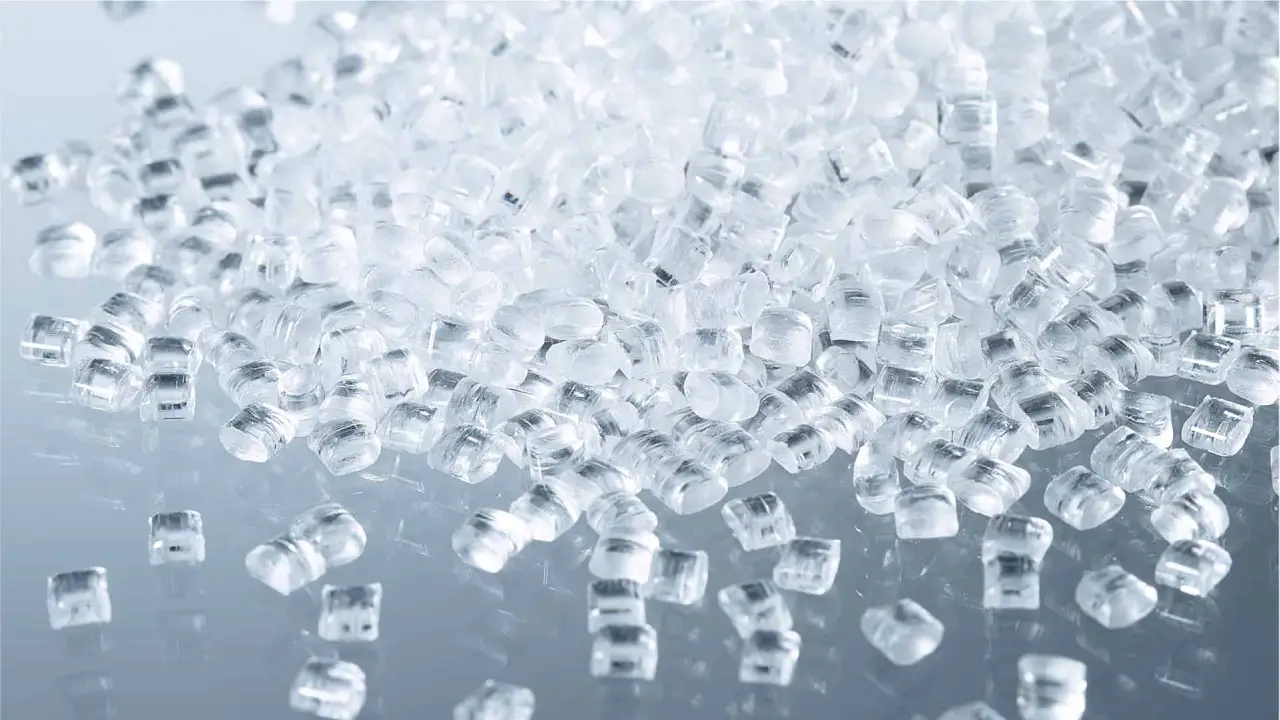Polycarbonate Supplier From Turkey and Dubai-UAE

Polycarbonate Overview
Polycarbonate is a versatile, high-performance plastic known for its exceptional strength, transparency, and durability. Widely used across construction, automotive, electronics, and medical industries, polycarbonate is indispensable for modern manufacturing. This guide explores its properties, grades, applications, benefits, and sustainability considerations, optimized for suppliers and industrial buyers.
What is Polycarbonate?
Polycarbonate is a thermoplastic polymer containing carbonate groups in its molecular structure. Developed in the mid-20th century, it stands out for impact resistance, optical clarity, and thermal stability. Compared to plastics like acrylic or polyethylene, polycarbonate is stronger, lighter, and more heat-resistant, making it ideal for industrial and commercial use.
History of Polycarbonate
Polycarbonate’s development spans over half a century:
-
1898: German scientist Alfred Einhorn discovered an early polycarbonate molecule, but lacked the technology to commercialize it.
-
1952: Bayer (Germany) and General Electric (USA) independently developed modern polycarbonate.
-
1958–1960: Bayer commercialized Makrolon, and GE released Lexan. Its strength, clarity, and heat resistance led to widespread adoption in medical, construction, and automotive applications.
Key Properties of Polycarbonate
-
High Impact Resistance: Virtually unbreakable, suitable for safety equipment and automotive parts.
-
Transparency: Excellent light transmission, glass-like clarity, but lighter in weight.
-
Heat Resistance: Maintains structural integrity under high temperatures.
-
Lightweight: Easy to handle and install, reducing labor costs.
-
UV Protection: Many grades resist degradation from sunlight, ideal for outdoor use.
Polycarbonate Grades and Types
General Purpose Grade
-
Applications: Safety glasses, DVDs, lighting lenses
-
Properties: High impact resistance, clarity, and electrical insulation
UV-Resistant Grade
-
Applications: Greenhouse panels, skylights, exterior signage
-
Properties: Long-term clarity and mechanical performance under UV exposure
Flame Retardant Grade
-
Applications: Electrical housings, aircraft interiors
-
Properties: Self-extinguishing, low smoke emission
Optical Grade
-
Applications: Eyewear, lenses, optical instruments
-
Properties: Exceptional clarity, low birefringence, anti-reflective
Glass-Filled Grade
-
Applications: Structural components, automotive parts
-
Properties: Increased stiffness, reduced thermal expansion
Medical Grade
-
Applications: Surgical instruments, lab equipment
-
Properties: Sterilizable, chemical-resistant, biocompatible
High Heat Grade
-
Applications: Automotive lighting, high-temp industrial parts
-
Properties: Maintains strength at elevated temperatures
Impact-Modified Grade
-
Applications: Safety helmets, protective gear
-
Properties: Superior toughness and durability
Conductive/ESD Grade
-
Applications: Electronic housings, cleanrooms
-
Properties: Dissipates static electricity, strong mechanical properties
Food Grade
-
Applications: Food containers, processing equipment
-
Properties: Compliant with food safety standards, resistant to odors
Common Applications
Construction: Roofing, skylights, glazing — lightweight, durable, and impact-resistant.
Electronics: Smartphones, laptops, DVDs — excellent insulation and heat resistance.
Automotive: Headlamps, windows, interiors — strong yet lightweight, enhancing safety.
Medical Devices: Sterilizable, biocompatible — ensures reliability in healthcare equipment.
Eyewear: Lenses and protective glasses — optical clarity and breakage resistance.
Advantages of Polycarbonate
-
Safety: Shatter-resistant, ideal for construction, automotive, and eyewear.
-
Design Flexibility: Easily molded for intricate shapes and components.
-
Longevity: UV protection extends product life in outdoor environments.
-
Cost-Effective: Durable and low-maintenance, reducing long-term costs.
Environmental Considerations
-
Recyclability: Polycarbonate can be recycled, reducing waste and conserving resources.
-
Production Impact: Manufacturing involves fossil fuels; sustainable production methods are in development.
-
Sustainable Alternatives: Bio-based polycarbonate materials are being explored to reduce the environmental footprint.
Packing and Storage
-
Liquid Polycarbonate (resins): Stored in drums or IBC tanks
-
Solid Polycarbonate: Packaged in moisture-resistant bags
-
Storage: Cool, dry, ventilated areas; protect from moisture and sunlight
Safety Guidelines
-
Wear PPE (gloves, goggles) during handling
-
Avoid direct skin and eye contact
-
Follow proper storage and spill management protocols
Polycarbonate remains a critical material across industries due to its combination of durability, clarity, and versatility. From construction and electronics to automotive and healthcare, it continues to enable innovative solutions.
Explore Sodium Sulfide for chemical applications in manufacturing and industrial processes.

